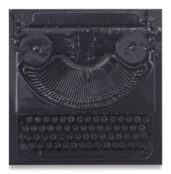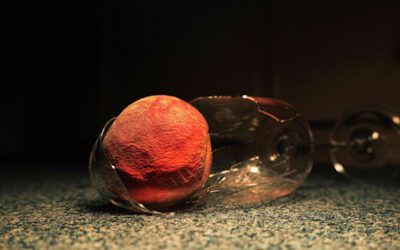Installations create an environment. An experience encased in a framing concept. The difference between an installation and sculpture is that, with an installation, the viewer is situated within the art. A somewhat nuanced distinction perhaps, given that ever since the first human hand painted a pig in ochre artists have sought to transcend the immediate physical realm of their creations and inhabit the imagined viewer’s mind. This might bethe purest definition of art itself. It comes to us and, as the cliché goes, we are ‘transported’. Theword ‘transport’ suggests a method of travel, and regulated movement itself. From point A to point B, from where we were to where we ended up.
Artists like Giuseppe Penone, who reference the natural world as a series of processes without abdicating either author or viewer to passive recipients of this knowledge, in some sense move us from point B to point A. We are returned to a view of the natural world through the process of manufactured perception rather than an idealised idea of the au naturel world as anti-human. Instead, our perception of and interaction with the world is what makes it. The tree, in this view, does not make a ‘sound’ if we aren’t there to perceive it; we have to be there to push it.
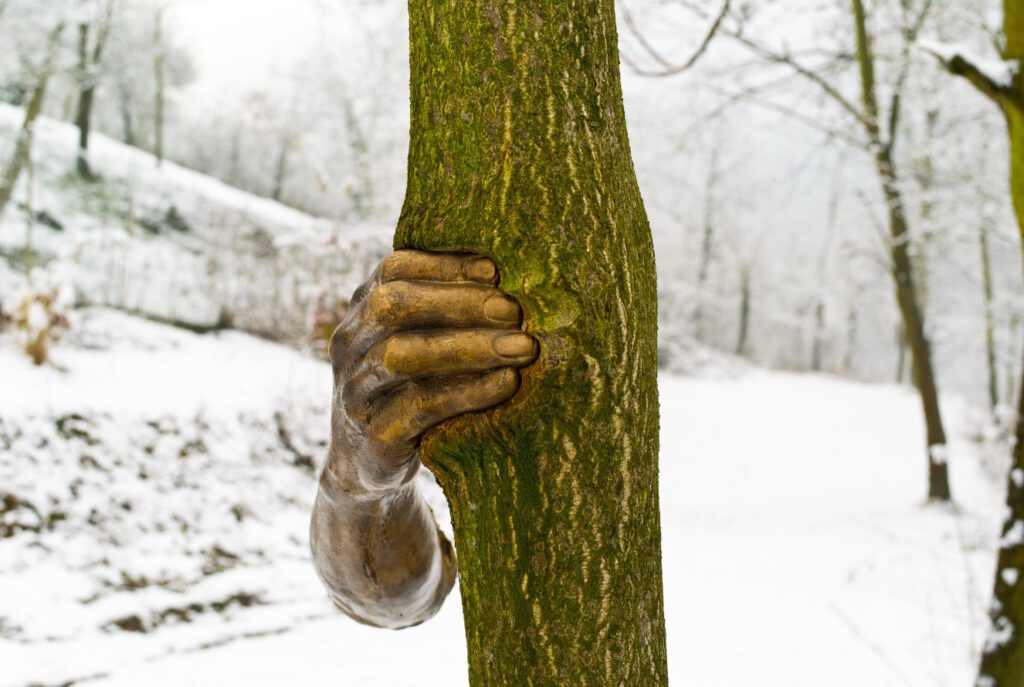
In 1970, the then 23-year-old Italian artist was included in two influential exhibitions that acknowledged his role in the budding Arte Povera movement.
Born in rural Garessio, in Piedmont, Italy, in 1947, Penone took as his inspiration the material of the everyday and steered a surprising tack. With early works such as Scala d’acqua [Water ladder, 1968], where pitch was sculpted with water in what would become a signature fascination of his works with trees. Perhaps most notable of those earlier tree works is Continuerà a crescere tranne che in quel punto [It Will Continue to Grow Except at that Point, 1968]. In that landmark work he embedded a cast of his hand into a tree trunk, signalling the ongoing principle of the work, where the tree’s growth around his hand would develop during its lifetime.
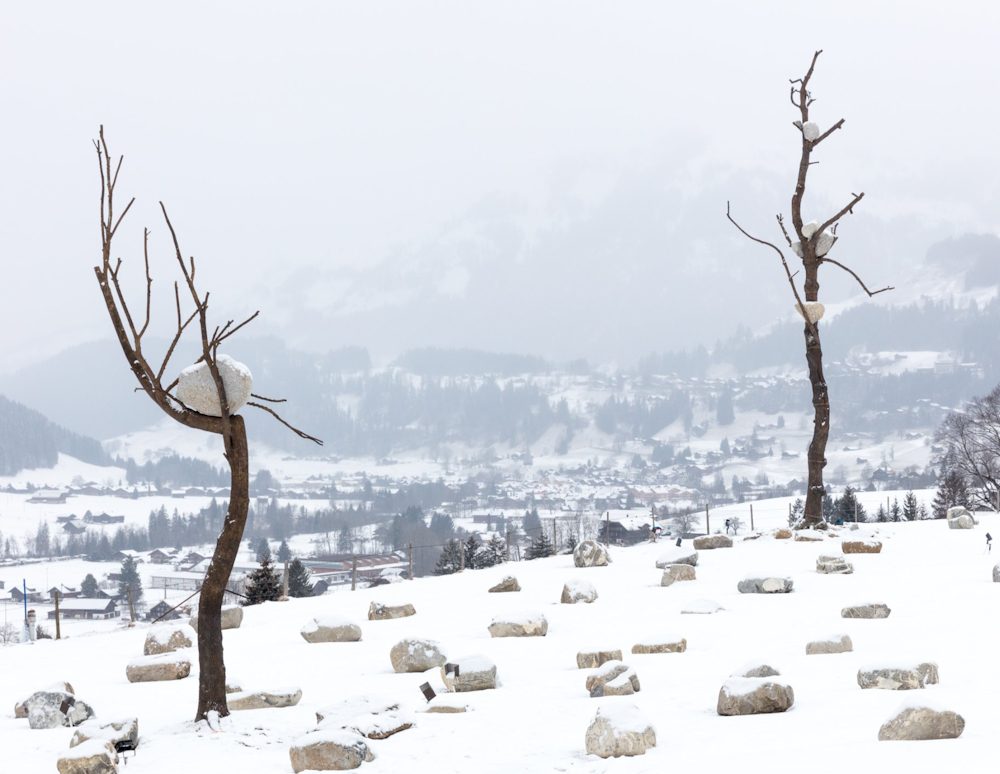
“‘Invention’: from the Latin invenīre, ‘to find’. Invention is finding something. When you work with a material, you have to find the form that’s inside it. So take this work: a beam that I found. [He points to Essere vento (2014), formed from a petrified tree trunk.] After years of growth, I thought, you could still find the initial form of the tree within the beam. I’d looked for a beam of a coniferous tree because there’s a linear growth form. I started to follow the rings, and I found the form of the tree by following them.” (Farago 2018)
This practice of working with trees to reveal both an artistic intervention and the source of the material has continued to the present day. Through various formations, Penone has worked to rediscover the younger nascent form of wood in its later maturity. For instance, chiselling away the layers of growth from trunks to reveal their previous lives as saplings, so the viewer is at once aware of what they’ve become and where they once were. When he works with planks in the same way, the results tell us about the prefunctional lives of the wooden material that we might otherwise take for granted (Lancioni 2018a). Certainly, this is true to some extent, however, it often feels like Penone’s work is less about discovering nature as it is about the process through which nature is perceived, or rather, the construction of nature as a human process of (ahem) grounding.
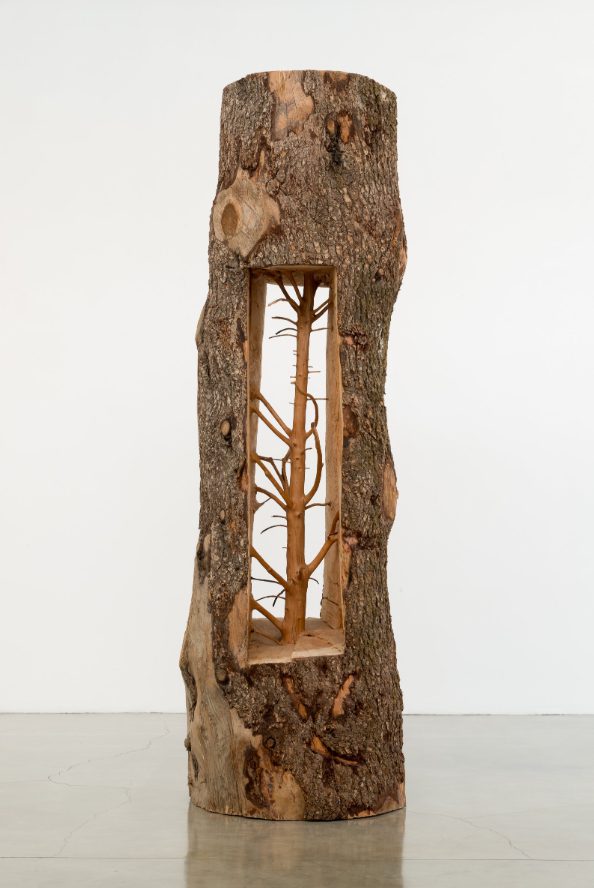
“…the big difference between my work and what land art was, was that land art always had a highly formal vision. The voids of [Michael] Heizer, for example, had a deep connection to the work of Malevich, a formal connection. My approach to the outdoors was never about manipulation. I wasn’t trying to create forms. I was trying to enter into the logic of the materials themselves, into the logic of the growth of the tree. It was more a connection between my body and a context. Between my ephemeral presence and the tree’s rooted one.” (Farago 2018)
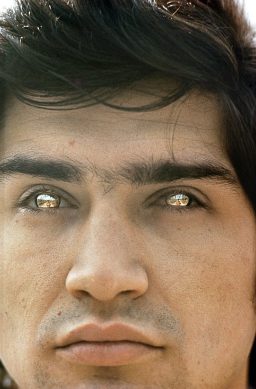
The inseparability of these natural processes and our perception of them lies at the crux of Penone’s work. For his striking piece Rovesciare i propri occhi [Reversing One’s Eyes, 1970], he wore mirrored contact lenses that reflected his vision for the viewer to see.
“When the eyes, covered by mirrored contact lenses, reflect into space…. (read more in Trebuchet 15)
Giuseppe Penone has an exhibition at Marian Goodman Gallery in New York, May – June 2024.
Read more in
Trebuchet 15: Installation
Featuring:
Installations as theatre
Giuseppe Penone
Michael Landy
Annette Messager
Karolina Halatek
Sounds Art as Installation
Jean Boghossian
Jon Kipps
Chantal Meza
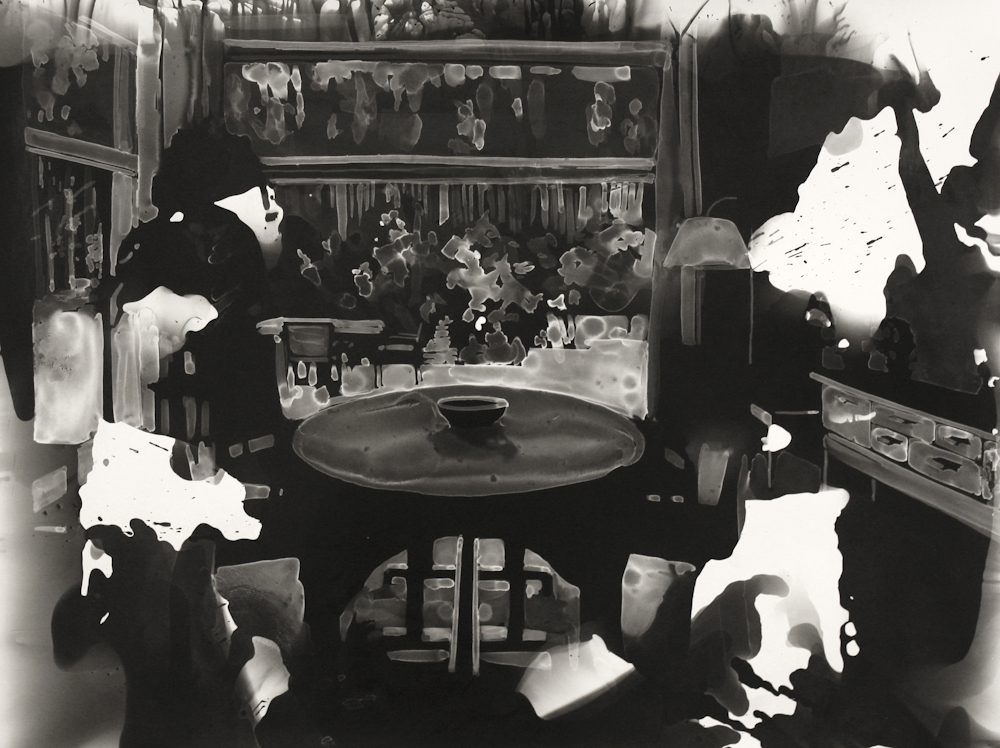
Writer and academic Cartagena works in the arts polishing bios and gallery notes in the pursuit of clarity. He also lectures, though with enough opacity to impart wonder.








